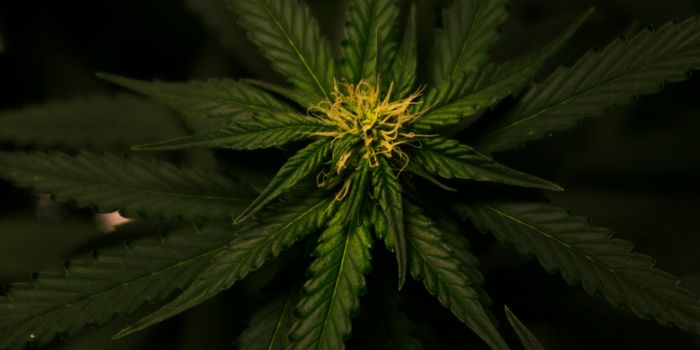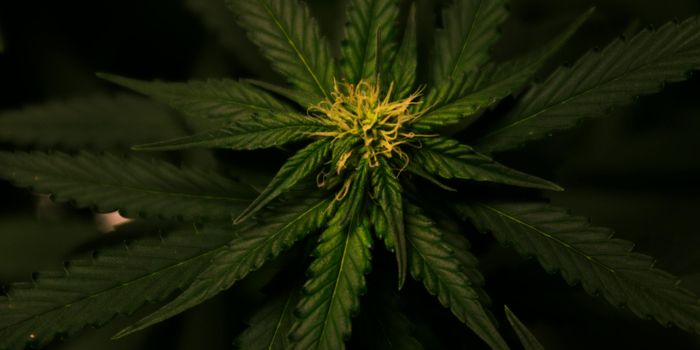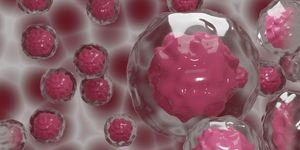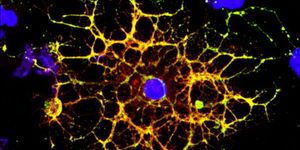What Elephant Trunks Teach Science about Suction
The elephant’s dexterous trunk has inspired numerous human technologies, from continuum robots to search and rescue technologies that delivery water and air to people trapped under debris. According to new research, we’ve got another lesson to learn from elephants—how to suck better. A study published June 2 in the Journal of the Royal Society Interface presents the first evidence that elephants can use suction to pick up small objects as well as hoover up water.
In collaboration with a veterinarian from Zoo Atlanta, researchers from the Georgia Institute of Technology offered a 34-year-old African elephant a variety of food items to observe how she used her trunk to manipulate them. Would she use her dexterous trunk to pick them up as we would use our fingers, or would she
The experimental buffet consisted of rutabaga cubes of various sizes and, delightfully, a single large tortilla chip.
Researchers observed that the elephant gripped the rutabaga cubes with her trunk when there were fewer than 10 items, regardless of size. But for large groups of the smaller cubes, she resorted to suction—hoovering up as many as 40 at a time with what the study authors described as “a loud vacuuming sound.” The elephant always used suction to snag the tortilla chip, either by “using suction to levitate a tortilla chip into its grip” or pressing her trunk directly against its surface.
The elephant’s snack was a master class in fluid dynamics. Analysis revealed that through a combination of extraordinary lung pressure and a high nostril-to-body size ratio, elephants can suck with impressive speed—about 30 times as fast as a human sneeze and “comparable to the speed of a high-speed rail train,” the scientists said.
Additional experiments revealed that by dilating her nostrils and contracting muscles along the length of the trunk, the elephant was able to increase the storage capacity of her trunk by 64% to about 5.5 liters.
This research was funded by the US Army Research Laboratory—a testament to the practical applications of bio-inspired technologies.








